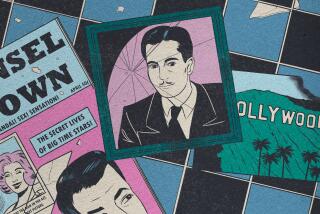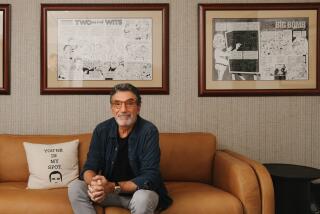The Envelope: Dan Rather is sticking to the ‘Truth’ of his story about George W. Bush
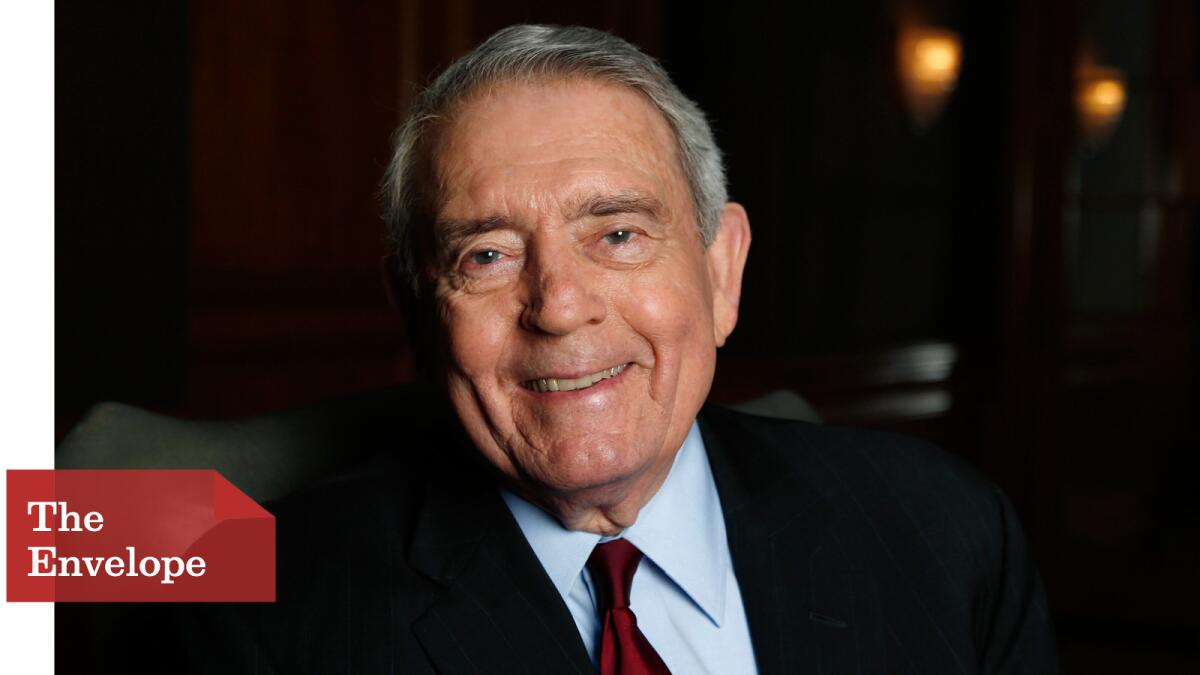
Dan Rather says “Truth” is “the best thing that’s ever been up on the big screen about how television news really works.” He appreciates that Robert Redford didn’t imitate him but instead “tried to get some essence of me.”
“We reported a true story,” says one of the most illustrious figures in American journalism, “and everybody connected with the story got fired. The process was not perfect but the story was true.”
Dan Rather, 84, looks hale and distinguished, as if he’s just stepped out from behind an anchor desk into this conference room at the Beverly Wilshire Hotel. He sprinkles his erudite speech with that familiar Texan bonhomie: When describing the small teacher’s college he attended, he says, “It was so far back in the woods you had to have sunlight shipped in by UPS.” When a publicist brings him coffee: “Thank you so much. I’ll dance at your wedding.”
But when it comes to the story that ended his 44-year career at CBS News, including 24 of them as the anchor of the “Evening News,” he’s loaded for bear.
SIGN UP for the free Gold Standard newsletter >>
Watch Q&As with the ‘Truth’ cast and crew

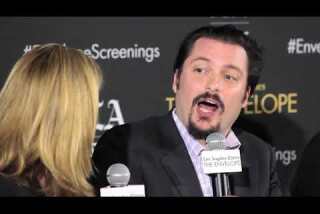
'Truth:' Casting Robert Redford as Dan Rather
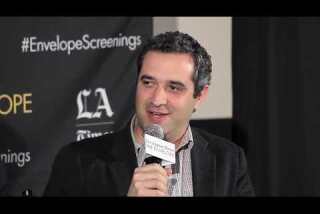
'Truth:' Why tell Mary Mapes' story
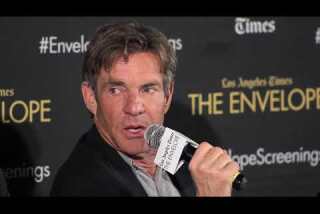
'Truth:' Dennis Quaid remembers Lt. Colonel Roger Charles
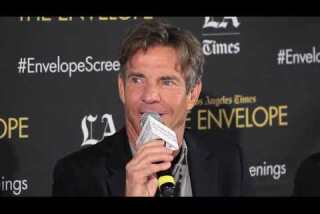
'Truth:' Talking corporate America and journalism
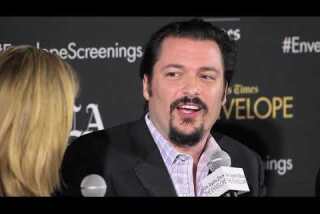
'Truth:' Casting Cate Blanchett in the lead
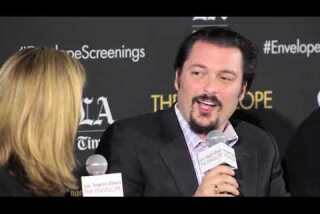
'Truth:' Acknowledging CBS' resistance to the film
He backs down not one inch from the story’s two pillars: that former President George W. Bush gained entry to the Texas Air National Guard through his family’s political influence to avoid serving in the Vietnam War; and that Bush was unaccounted for for a year of his assigned duty to that Guard unit. And Rather is steadfast in the blame he assigns for the fallout:
“The pressure got on from powerful people, including the White House, and the corporation disowned the story.”
That “imperfect process” and its aftermath is the subject of James Vanderbilt’s film, “Truth,” with Cate Blanchett starring as Mary Mapes (Rather’s producer and, as he calls her, his “right hand”) and Robert Redford as Rather.
“When they called me and told me [about Redford], my immediate reaction was, ‘Yeah, come on. I’m gonna be the Pope of Rome,’” he says, laughing. “My wife teased me unmercifully about how handsome he is.... He did not, which I appreciated very much, try to imitate. He tried to get some essence of me as a person and as a professional.”
Rather was impressed by the filmmakers’ attention to detail, down to their zeal in finding a ringer for the coat rack in his office and using exact transcripts of his broadcasts for Redford’s on-air dialogue.
“There’s so much right in the film,” says Rather, praising its fidelity to Mapes’ 2005 book, “Truth and Duty: The Press, the President, and the Privilege of Power.” “I think it’s the best thing that’s ever been up on the big screen about how television news really works, the reporting side of it: the telephone calls, wearing out the shoe leather going to see people, developing sources. Sources getting under pressure and reversing their stories. Betrayal by some sources …”
He raises an eyebrow: “Betrayal by some of the people you work with.”
As is well-documented in the fallout from the “60 Minutes II” broadcast aired by CBS on Sept. 8, 2004, it was the use of documents that had not been well-vetted that led to the questioning of the Bush story’s veracity. And while those documents were never proved to be forgeries, they were never proved to be authentic either.
At the time, Rather acknowledged, “if I knew then what I know now — I would not have gone ahead with the story as it was aired, and I certainly would not have used the documents in question.”
But neither then, nor now, does he question the core point of the story.
“It’s not a matter of opinion whether the central facts of the story were true or not; it’s true,” he says of the 2004 report. “One: That through the influence of his politically powerful father, George W. Bush got into a so-called champagne unit of the Air National Guard as a way of assuring he wouldn’t have to go to Vietnam. And two: After he got in … he disappeared for more than a year.”
MORE: Get our best stories in your Facebook feed >>
Rather cites multiple ownership changes at CBS and corporate needs for political support as key factors in the lack of protection he and his team received.
Mapes and Rather had just months previous broken the Abu Ghraib story, collecting a Peabody for CBS News. Rather says Mapes was blindsided when the company turned on the team because of the Bush story.
“Mary was really stunned when she was summarily fired. But what really hurt her was, even after she was fired, others were let go and eventually I was let go. There was this under-the-radar effort to discredit her and the rest of us.”
ALSO
Dan Rather on journalism’s ‘hot, hard flame’ in ‘Truth’
Brian Williams makes no-nonsense return on MSNBC with pope coverage
George W. Bush talks with his dad’s biographer about influence in his own presidency
More to Read
From the Oscars to the Emmys.
Get the Envelope newsletter for exclusive awards season coverage, behind-the-scenes stories from the Envelope podcast and columnist Glenn Whipp’s must-read analysis.
You may occasionally receive promotional content from the Los Angeles Times.
